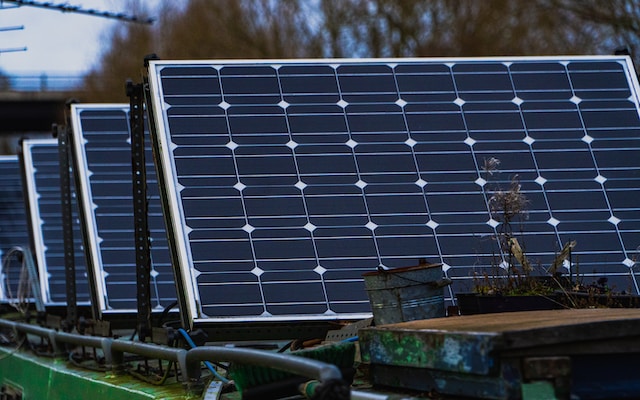Solar Panels, known as building-integrated photovoltaics (BIPV), are built into specific building components. It can include roofs, skylights, and windows. BIPV products look and function like the traditional materials they replace, such as cladding or roof tiles, and generate clean electricity. They can also help reduce a building’s energy consumption and carbon footprint.
Solar Panels
As the BIPV market grows, companies are developing ways for building owners to incorporate solar into their home’s exterior cladding seamlessly. For example, some are designing solar roof tiles and shingles that look like traditional ones but serve a dual function of generating electricity and protecting the building from the elements. Solar roofing products are some of today’s most well-known examples of building-integrated photovoltaics.
They have gained popularity because they allow homeowners to offset the cost of going solar by reducing their roof replacement costs and adding renewable energy to their homes. Another form of building-integrated PV is solar facades and windows, which utilize solar panels to generate electricity. They come in various shapes and sizes, ranging from standard crystalline silicon to thin-film materials that can be used on more flexible surfaces and curved structures. They may also be camouflaged with a host material for a more seamless aesthetic.
Envelope
In addition to generating energy, BIPV construction products from Sunstyle serve as part of the building envelope and perform multiple functions such as insulation, weather protection, and noise reduction. They may be incorporated into roofs, facades, or awnings. These PV systems can be built during new construction or as a retrofit to existing structures. The technology is increasingly popular among architects because it allows them to add design elements while maximizing solar electricity production and saving on long-term energy costs.
PV-encapsulated cladding materials can replace conventional roof and façade components, such as shingles, panels, and awnings. They can provide a fully integrated solar energy system and offer weather protection, thermal insulation, daylight illumination, noise control, and safety benefits. They can also increase a structure’s LEED sustainability certifications. They can be made from either thick-crystal or thin-film products. Thick-crystal products are typically made of crystalline silicon and generate 10-12 watts per square foot in full sunlight.
Insulation
Building insulation creates barriers to transmitting electricity, heat, moisture, or shock between adjacent bodies such as walls, floors, or ceilings. It can be provided by various materials such as cotton, sheep’s wool, mineral wool, wood fiber, or plastic fibers. The retrofit potential of roof insulation in combination with PV was assessed by building energy simulations on three baseline building prototypes (single-family, multi-family, and apartment complex). A cost-optimal methodology was applied, resulting in the optimal level of insulation for each building.
Sensitivity analysis was carried out for several factors, including varying electricity prices, economic time horizons, and insulation materials. Results show that insulating to very high levels is cost-effective in refurbishment and re-roofing scenarios, e.g., up to 240 mm wood fiber insulation with conductance below 0.20 W/m2K). In addition, insulating the roof to a very high level and shading it with a stand-off PV system can significantly reduce cooling loads in existing multi-family buildings during summer heat waves and even enable energy independence from utilities during power outages.
Drainage
Building Integrated Photovoltaics (BIPV) is an emerging technology that seamlessly integrates solar panels into building materials. The energy generated by the PV system is then used directly in the structure, eliminating the need for storage and saving on electricity costs. BIPV systems can lower the cost of construction materials and energy, lessen the building’s reliance on fossil fuels and ozone-depleting gases, and add architectural flair.
Rooftop-mounted solar PV systems should be properly ballasted to ensure they don’t exceed the structural capacity of the deck. Adding ballast to the structure increases load and can cause deck deflection, resulting in ponding water. To avoid this issue, a qualified engineer should evaluate the dead load capability of the deck before installing any rooftop-mounted solar system. BIPV roofing can be used anywhere that receives significant sunlight but is most often found on roofs and skylights. Additionally, it can be integrated into the facades of large buildings.

















